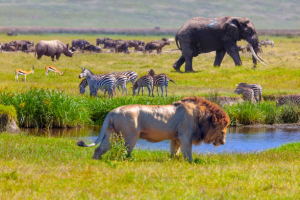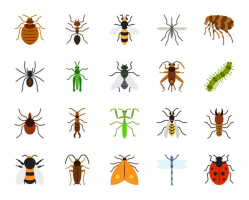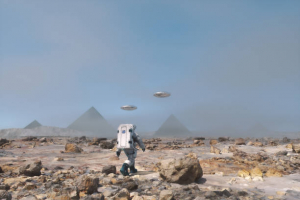Top 12 Questions About Dinosaurs Answered
Dinosaurs are a varied group of reptiles belonging to the Dinosauria clade. They originally emerged between 243 and 233.23 million years ago, during the ... read more...Triassic epoch, while the exact origin and chronology of dinosaur development are still being researched. Dinosaurs differ in taxonomic, morphological, and ecological terms. While dinosaurs were originally bipedal, several ancient groups had quadrupedal animals, and some were capable of switching between them. And there are still many questions that people ask about dinosaurs, so let's find out in this article.
-
Dinosaurs are a varied group of reptiles belonging to the Dinosauria clade. After the Triassic-Jurassic extinction crisis 201.3 million years ago, they became the dominating terrestrial vertebrates, and their supremacy lasted throughout the Jurassic and Cretaceous ages. Birds are feathered dinosaurs that developed from earlier theropods during the Late Jurassic era, and they are the only dinosaur lineage known to have survived the Cretaceous-Paleogene extinction catastrophe 66 million years ago. Dinosaurs are therefore split between avian dinosaurs (birds) and extinct non-avian dinosaurs (all dinosaurs other than birds).
Dinosaurs differ in taxonomic, morphological, and ecological terms. Birds are the most varied group of vertebrates, with about 10,700 extant species. Paleontologists have identified over 900 unique genera and over 1,000 different species of non-avian dinosaurs based on fossil evidence. Extant species (birds) and fossil remnants of dinosaurs may be found on every continent. Before birds were acknowledged as dinosaurs in the early part of the twentieth century, most scientists thought dinosaurs were slow and cold-blooded. However, most research undertaken since the 1970s has shown that dinosaurs were busy creatures with high metabolisms and multiple adaptations for social interaction. Some were herbivorous, while others were carnivorous. Evidence suggests that all dinosaurs were egg-laying, and that nest-building was a trait shared by many dinosaurs, both avian and non-avian.
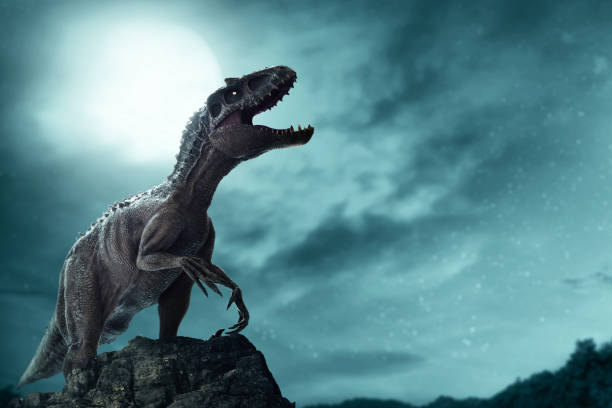
istockphoto 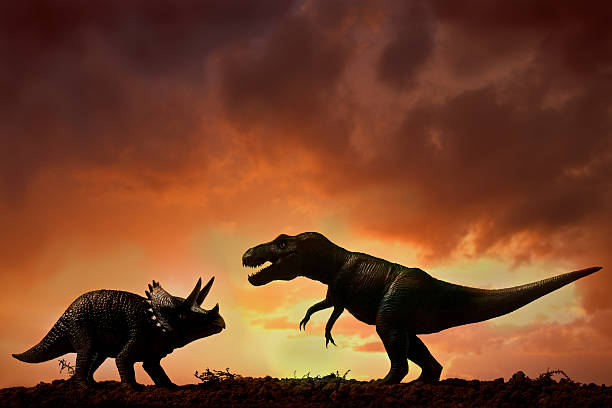
istockphoto -
The race to be the world's biggest dinosaur is tricky. Paleontologists seldom find whole skeletons. They're more likely to find bone fragments and then try to estimate a height and weight profile. Furthermore, there are three categories for the largest dinosaur ever discovered: the heaviest, the longest, and the tallest. Starting with the heaviest, the gold medalist is most likely Argentinosaurus. This supermassive titanosaur (a titanosaur is a large sauropod, a long-necked and long-tailed herbivorous dinosaur) existed in what is now Argentina between 100 million and 93 million years ago, during the Cretaceous period.
Argentinosaurus is a genus of gigantic sauropod dinosaurs that lived in what is now Argentina during the Late Cretaceous era. Argentinosaurus is one of the biggest known terrestrial beasts of all time, maybe the largest, reaching 30-35 metres (98-115 ft) in length and 60-75 tonnes (66-83 short tons) in body mass, despite only being known from fragmented bones. It belonged to the Titanosauria, the main group of sauropods throughout the Cretaceous period.
A farmer unearthed the first Argentinosaurus bone on his land near Plaza Huincul in 1987. In 1989, an excavation headed by Argentine palaeontologist José Bonaparte yielded seven back vertebrae and fragments of a sacrum—fused vertebrae between the back and tail vertebrae. A whole femur (thigh bone) and the shaft of another are also on display. Bonaparte and Argentine palaeontologist Rodolfo Coria described Argentinosaurus in 1993; the genus has just one species, A. huinculensis. The generic name Argentinosaurus means "Argentine lizard", while the specific name huinculensis alludes to the location where it was discovered, Plaza Huincul.
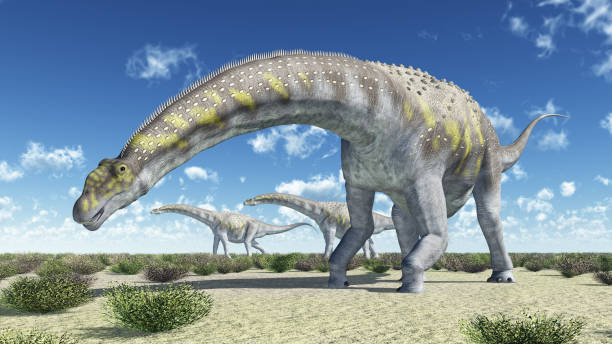
istockphoto 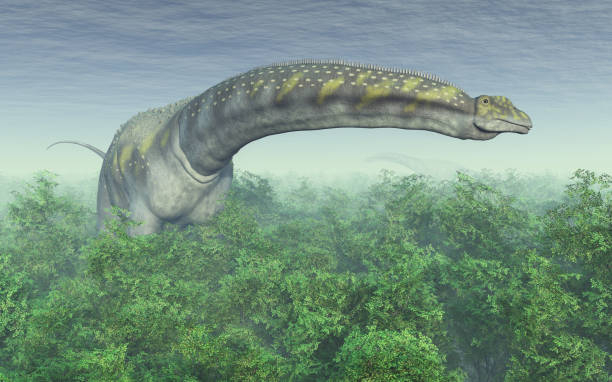
istockphoto -
There is no conclusive answer to this topic since scientists are still unsure regarding dinosaur demise. Some people think that tiny populations of dinosaurs may still persist in remote corners of the earth, however there is no actual evidence to back this up. If dinosaurs still exist, they would be extremely difficult to detect and research since they would live in extremely distant places.
It is widely assumed that current birds are descended from dinosaurs. The fossil records of Archaeopteryx and Xiaotingia, two taxa of theropod dinosaurs with anatomical characteristics comparable to birds, provided the first evidence for this notion.
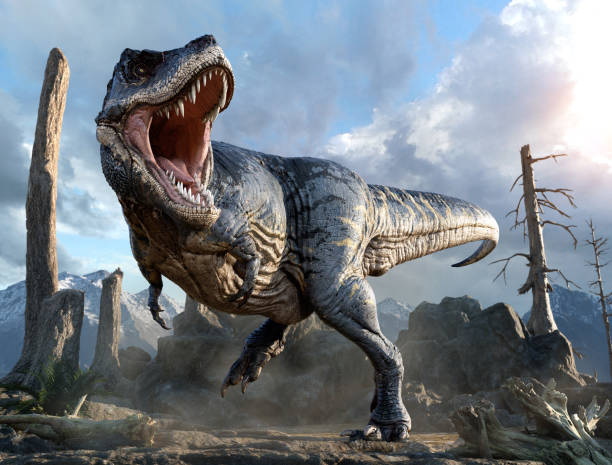
istockphoto 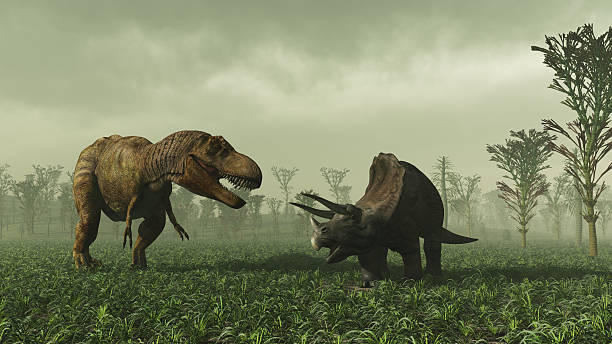
istockphoto -
The dinosaurs may have gone out as a consequence of a single asteroid or comet strike 65 million years ago, but it is also plausible that they died out as a result of many comet impacts over one to three million years, according to a group of experts. The dinosaurs may have gone out as a consequence of a single asteroid or comet strike 65 million years ago, but it is also plausible that they died out as a result of many comet impacts over one to three million years, according to a group of experts.
Comet showers that occurred throughout time, according to Dr. Paul Weissman of NASA's Jet Propulsion Laboratory in Pasadena, Calif., one of eight authors of an article just published in Nature, the British scientific publication. According to the scientists, such showers are triggered by the near passage of adjacent stars through the Oort cloud of comets that surrounds the solar system. In 1980, Drs. Luis and Walter Alvarez and others proposed that an asteroid impact and its consequent consequences of darkening and freezing of the atmosphere wiped out the dinosaurs, which had controlled the Earth for nearly 140 million years.
Their notion was supported by the discovery of iridium, an element rare on Earth's surface but known to be quite plentiful in asteroids and meteors, at specific levels of the Earth's surface. According to one common explanation, an asteroid collided with the Yucatán Peninsula 66 million years ago, ejecting enough terrestrial and asteroid debris into the atmosphere to block sunlight for several years. This would have had a significant influence on plant life, resulting in the extinction of most dinosaurs.
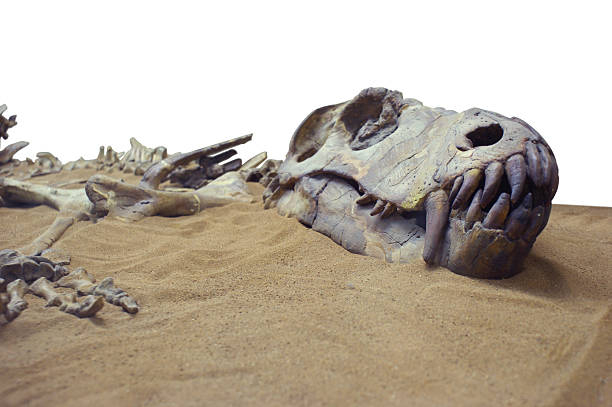
istockphoto 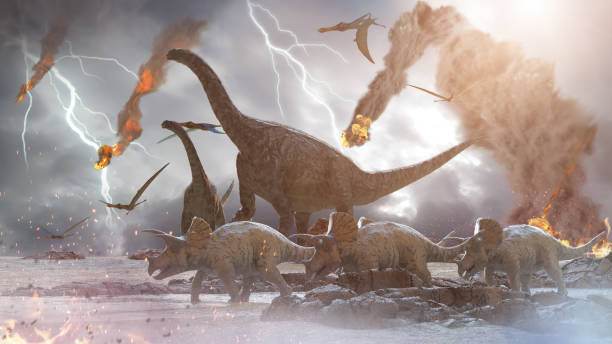
istockphoto -
Mammals have been around since the Triassic Period, alongside early dinosaurs like Riojasaurus and Saltopus, according to fossil records. True mammals, such as the shrewlike Juramaia sinensis, first appeared 160 million years ago, during the Jurassic Period, where they would have coexisted with dinosaurs like the brachiosaurus and Stegosaurus.
A global cataclysmic event 66 million years ago heralded the end of the Mesozoic Era and altered the whole trajectory of life on Earth (Fig. 1). This was the end-Cretaceous mass extinction, and whether it was caused by a bolide impact or massive volcanic eruptions is still discussed. Both are supported by geological data. The consequence, on the other hand, is undeniable.
The dinosaurs, which had dominated the terrestrial vertebrate fauna for the previous 125 million years, vanished, as did the related flying pterosaurs and the huge marine reptiles, including ichthyosaurs, plesiosaurs, and others. Birds (which are essentially small, feathered, flying dinosaurs) and crocodiles, lizards, snakes, and turtles were among the vertebrate survivors. All of these groupings quickly diversified, however none of them saw major evolutionary changes in body structure. A few pre-existing animals escaped the extinction, but their stories were extremely different.
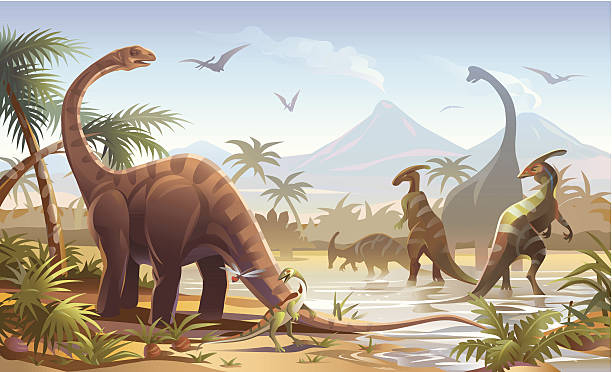
istockphoto 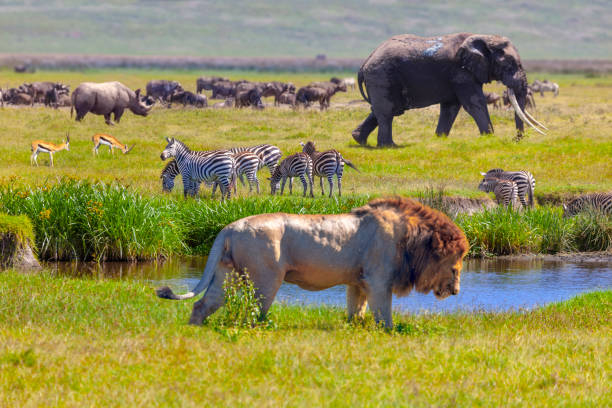
istockphoto -
A thorough search of dinosaur skeletons adds to the evidence that Tyrannosaurus rex had a deadly sense of smell, as well as the discovery that the earliest known birds were considerably better at smelling out prey than their descendants. It's tough enough to use fossil evidence to figure out how prehistoric animals appeared and moved; judging their senses is much more challenging, and issues regarding dinosaurs' sense of smell have been particularly difficult to answer. Comparing ancient and present analogues that occupy comparable ecological niches can provide some insight, but to truly understand what an extinct species might sense, palaeontologists must examine the creature's olfactory bulb - the portion of the brain dedicated to fragrance.
The legendary predator Tyrannosaurus rex and its cousins possessed among of the most acute senses of smell among all prehistoric dinosaurs, according to a new research. This clever research of 20 species of meat-eating dinosaurs reveals a wide spectrum of scent in these dinosaurs, which might be tied to activities like feeding or activity timing.
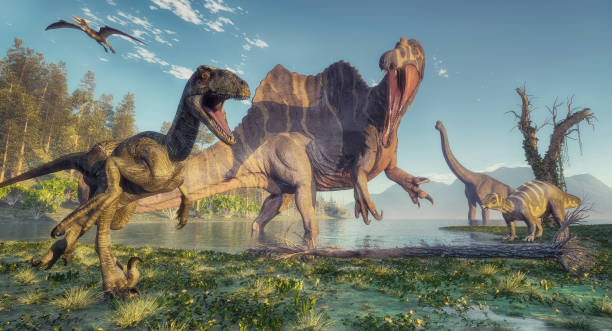
istockphoto 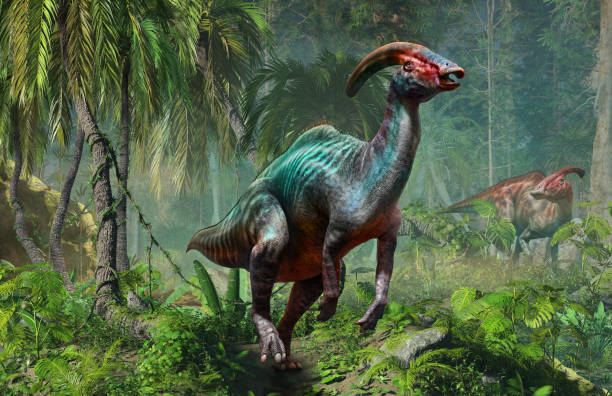
istockphoto -
Dinosaur eyesight was generally superior to that of most other reptiles; however it varied between dinosaur species. Large carnosaurs, for example, have weak binocular eyesight, equivalent to that of current alligators. Allosauroids, such as Carcharodontosaurus and Allosaurus, lacked binocular eyesight equivalent to contemporary crocodiles. They had binocular eyesight that was limited to a 20° broad zone, which is logical given that they hunted predominantly huge and sluggish prey. Their strongest sense was most likely scent.
Binocular eyesight of deinonychosaurs like Velociraptor and Stenonychosaurus was superior to that of allosauroids and matched or exceeded that of extant predatory birds. Their binocular field of view extended to 60°. The location of tyrannosaurid eyes implies that they had a highly developed sense of vision. They have stronger binocular eyesight than allosauroids due to the form of their heads. Tyrannosaurus rex's eye position was comparable to that of modern humans, but its eyes and optic lobe were far bigger. T. rex, unlike other dinosaurs, had excellent vision as well as a keen sense of smell. The binocular vision of Daspletosaurus has been found to be less than that of Stenonychosaurus, but more than that of Gorgosaurus.
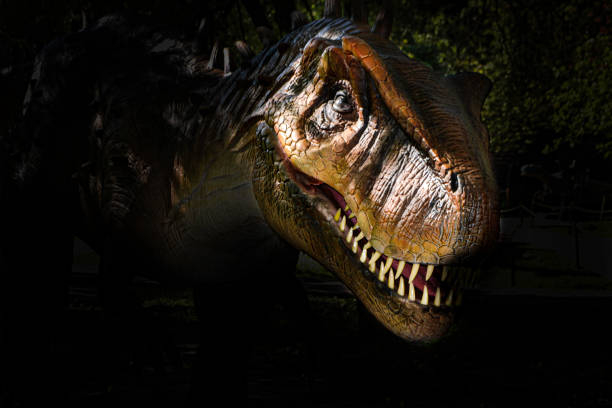
istockphoto 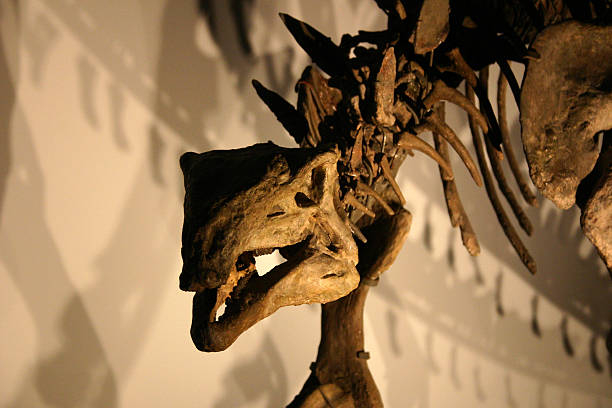
istockphoto -
You may look at modern animals such as herd animals. Some types of dinosaurs' sleep standing up, while others sleep flat down or on with their legs folded up below them. Animals such as cows, lambs, and horses may sleep standing up. Similar herbivores, such as the armoured dinosaur's stegosaurus and ankylosaurus, may have slept standing up or with their legs folded below them, however this has not been proven. It should have been impossible for them to lay down and rise up simply and fast.
Similar dinosaurs with spikes, such as kentrosaurus, would have struggled to sleep on their sides and would have slept standing up or on their folded legs. The dinosaurs that may have slept standing up or on their folded legs might have been strongly spiky or armored dinosaurs, making getting up on their side extremely difficult.
Similar dinosaurs with spikes, such as kentrosaurus, would have struggled to sleep on their sides and would have slept standing up or on their folded legs. The dinosaurs that may have slept standing up or on their folded legs might have been strongly spiky or armored dinosaurs, making getting up on their side extremely difficult.
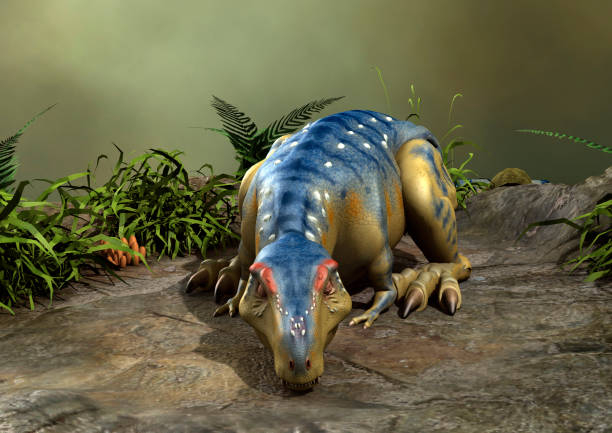
istockphoto https://www.youtube.com/watch?v=XFqDOvP4PxM -
There was an inherent selection pressure in favor of increased body size for many species. Because you must share your evolutionary niche with other members of your species, being slightly larger than them allows you to eat higher leaves, catch larger animals, and defend a broader region. More significantly, the larger you are, the less vulnerable you are to predators.
This selection pressure has led many animal lineages to steadily grow in size over time. Scientists in South Africa stated in 2009 that dinosaurs became bigger as they transitioned from walking on two to four legs. However, being enormous means you require more food, are less able to avoid natural calamities, and reproduce more slowly. As a result, the fossil record is replete with instances of species that gradually grew in size before becoming extinct.
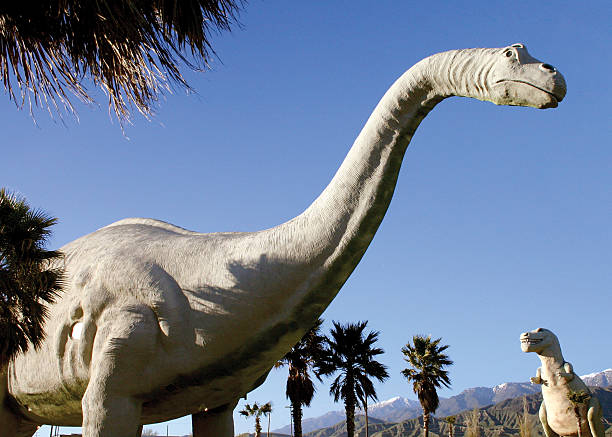
istockphoto 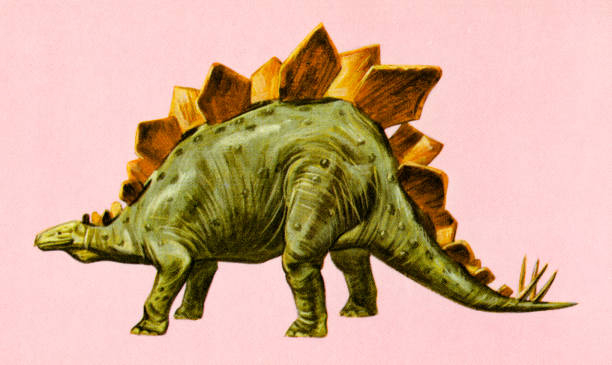
istockphoto -
Dino names can be made out of Greek or Latin words that indicate physical characteristics. They might also be called for the place where scientists discovered the fossils of the ancient reptile. Dinosaurs are called by their size, a distinguishing physical feature, the area where they were discovered, a person involved in the discovery and identification of the dinosaur, their likeness to one of today's species, or behavior they are known to have shown. There are no unique requirements for naming dinosaurs. However, there are some patterns that many dinosaur discoverers appear to have followed when naming these ancient beasts.

istockphoto 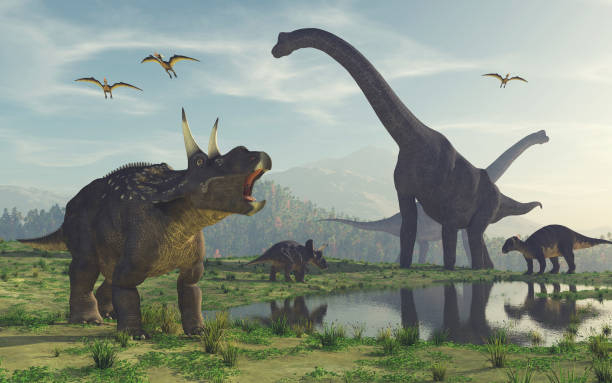
istockphoto -
Researchers believe they have discovered the world's tiniest known dinosaur in a 99-million-year-old piece of amber retrieved from Myanmar's Cretaceous period. The specimen, which was around the size of a bee hummingbird—the world's tiniest bird, weighing about two grams—had enormous, protruding eyes and may help experts comprehend how tiny birds evolved from larger dinosaurs.
The beak of Oculudentavis khaungraae, a new species seen above, is clearly displayed on the creature's bird-like cranium. Oculudentavis is a portmanteau of "eye tooth bird", an appropriate name chosen by the researcher due, in part, to the "unique" skull traits of O. khaungraae.
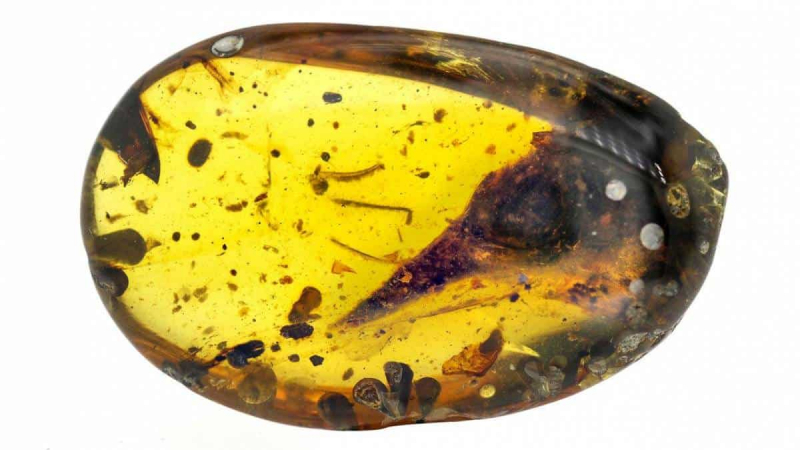
Sciencecodex.com 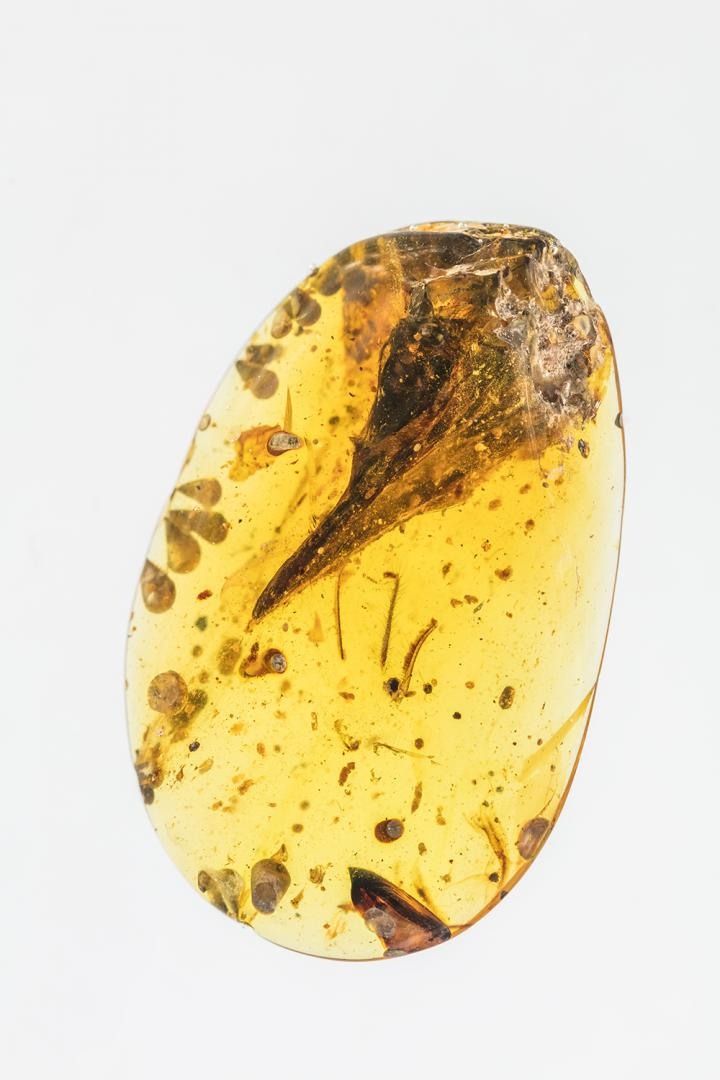
Sciencecodex.com -
Plants, meat, eggs, insects, and fish are all consumed by dinosaurs. These prehistoric beasts ate a wide range of foods, from plentiful plant life to other dinosaurs, but what they ate was determined by their size and available resources. A dinosaur diet is comparable to that of modern animals. The T-Rex, like our lions, ate meat, and Stegosaurus, like cows, grazed on vegetables. Of course, omnivores ate a little bit of everything, just like squirrels and dogs!
Other creatures were eaten by the huge predatory dinosaurs. Scientists believe that the bulk of dinosaurs were plant-eaters, but we can't forget the iconic T-Rex and its Jurassic World man-eating inclinations! Fortunately, humans and dinosaurs did not coexist. T-Rex and other carnivorous dinosaurs, such as Allosaurus, preyed on other dinosaurs and scavenged corpses millions of years before humans arose. Carnivorous dinosaurs, like our modern predators, possessed long curved teeth and pursued easy-to-catch elderly, young, or wounded dinosaurs first. Some species, such as the Velociraptor, hunted in packs, much like our modern-day lions, therefore a social structure and communication form were essential components of their diet.
Spinosaurus, Baryonyx, and Suchomimus were fish-eating piscivore dinosaurs with a dolphin-like snout and sharp serrated teeth. They specialized in capturing ancient marine animals from river banks for meals. Palaeontologists believe they were also strong swimmers, although we don't know for sure. Large flying reptiles like pterosaurs were another species of dinosaur that ate fish. Pterodactyls utilized hooked claws and serrated teeth to catch unwary fish from above.
T-Rex, which translates to 'the king of the tyrant lizards,' scientists believe, ate herbivorous dinosaurs such as Stegosaurus, Edmontosaurus, and Triceratops, hunting them at speeds of up to 40 kilometers per hour! They most likely ate omnivores and other carnivores as well. T-Rex was not a fussy eater; it hunted, scavenged, and stole to maintain its massive body bulk. T-Rex developed swiftly and required a lot of meat to fuel its development, thus it could ingest hundreds of pounds of flesh in one go, according to palaeontologists.
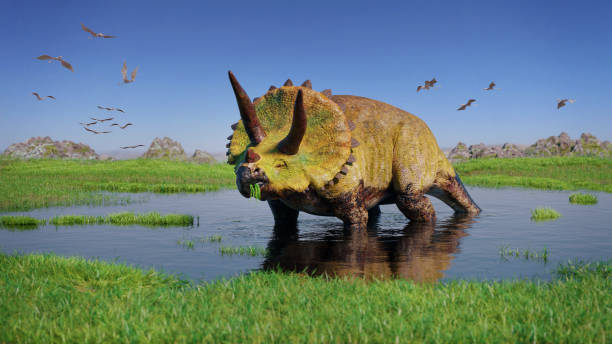
istockphoto 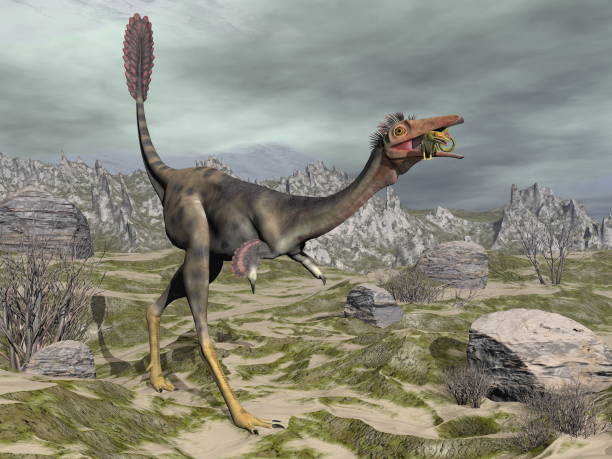
istockphoto














